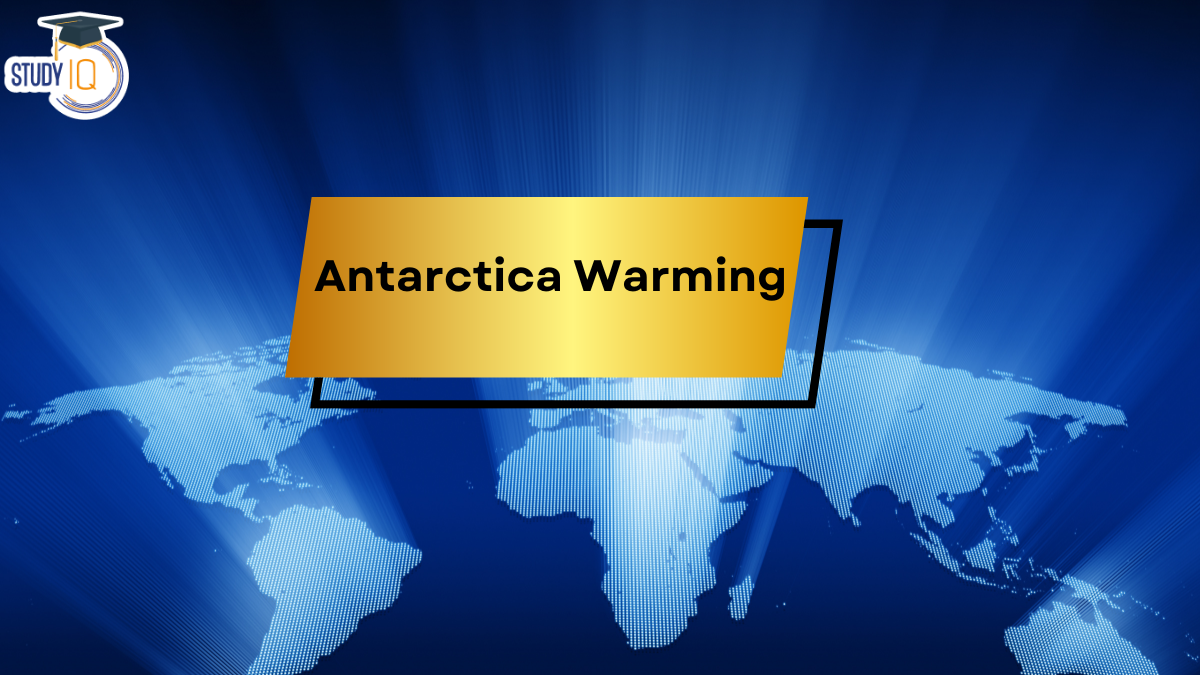Table of Contents
Key Findings of the Journal Nature Climate Change
- Vegetation Increase: The extent of vegetation has increased 14 times over the past 35 years.
- Specifically, plant cover expanded from less than 1 square km in 1986 to nearly 12 square kms by 2021.
- Accelerated Growth Rate: Between 2016 and 2021, the rate of greening increased by over 30%, indicating a rapid response to climate change.
- Temperature Changes:
- The Antarctic Peninsula is warming at an alarming rate, approximately 3 degrees Celsius higher on average since 1950, which is about five times faster than the global average.
- The region has faced record-breaking heat waves, with temperatures in July 2023 reaching up to 10 degrees Celsius above normal.
- The warming climate has led to a significant decrease in sea ice extent, facilitating conditions that favour plant growth.
| Antarctica |
|
Impacts of Increased Vegetation on Local Wildlife in the Antarctic Peninsula
- Soil Formation: Mosses colonising ice-covered areas contribute organic matter, facilitating soil formation and creating new habitats for insects and small animals, such as springtails and mites.
- Ecosystem Dynamics: This will alter existing ecosystem dynamics. It will benefit some species while disadvantages those adapted to ice-dominated environments (such as penguins).
- Invasive Species Risk: Increased vegetation may attract invasive species, such as the Chilean mussel and various crabs, introduced through eco-tourism and scientific expeditions. These can outcompete native species, disrupting established ecosystems.
- Reduced Albedo: Increased vegetation may reduce the Peninsula’s ability to reflect sunlight, leading to further warming and local climate changes.
- Food Web Alterations: New food sources from increased vegetation can benefit herbivorous wildlife, such as seals and seabirds. However, this may also lead to competition among species for these resources.


 Serious Fraud Investigation Office (SFIO...
Serious Fraud Investigation Office (SFIO...
 Article 142 of Indian Constitution, Sign...
Article 142 of Indian Constitution, Sign...
 Pakistan-Occupied Kashmir (PoK): History...
Pakistan-Occupied Kashmir (PoK): History...





















